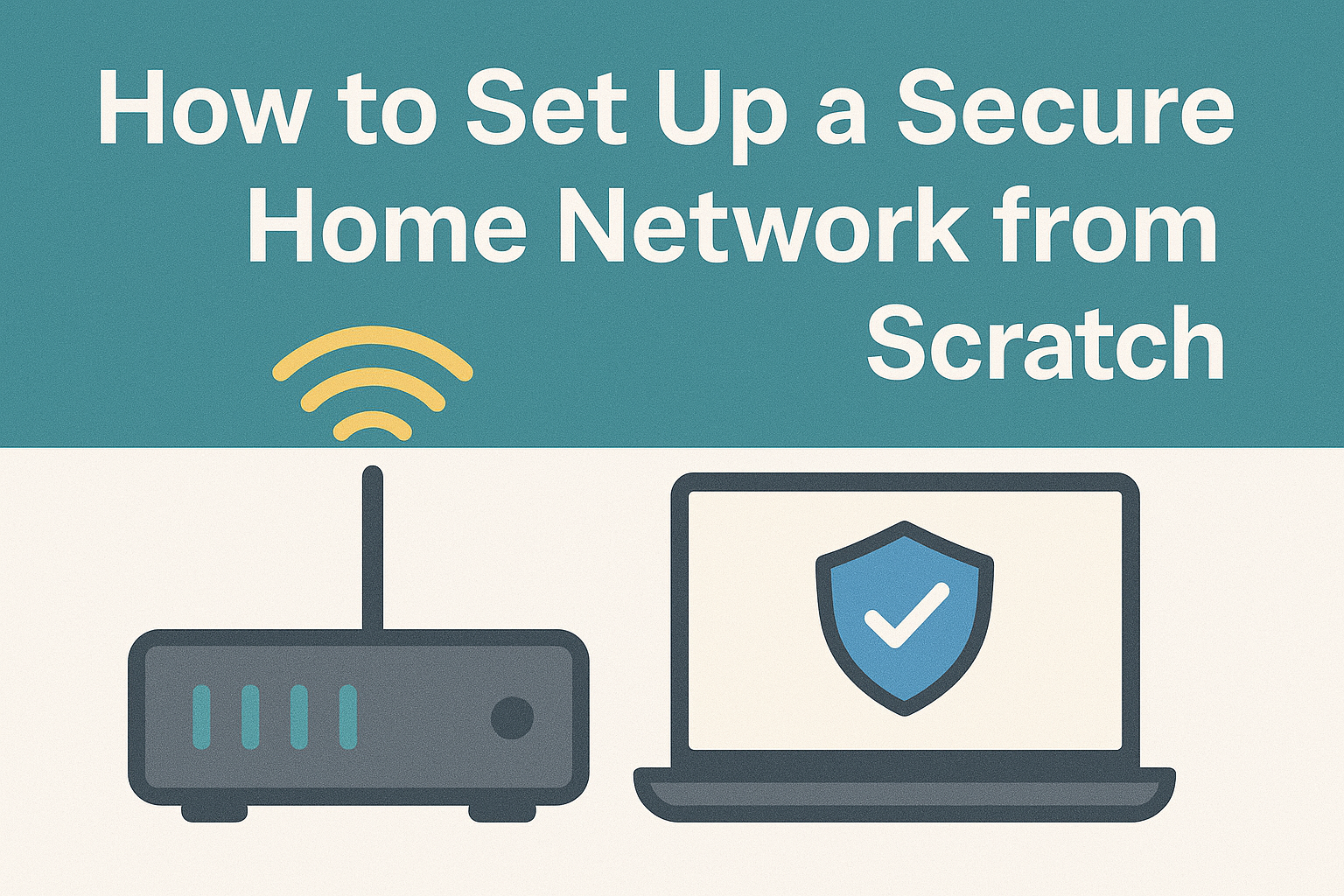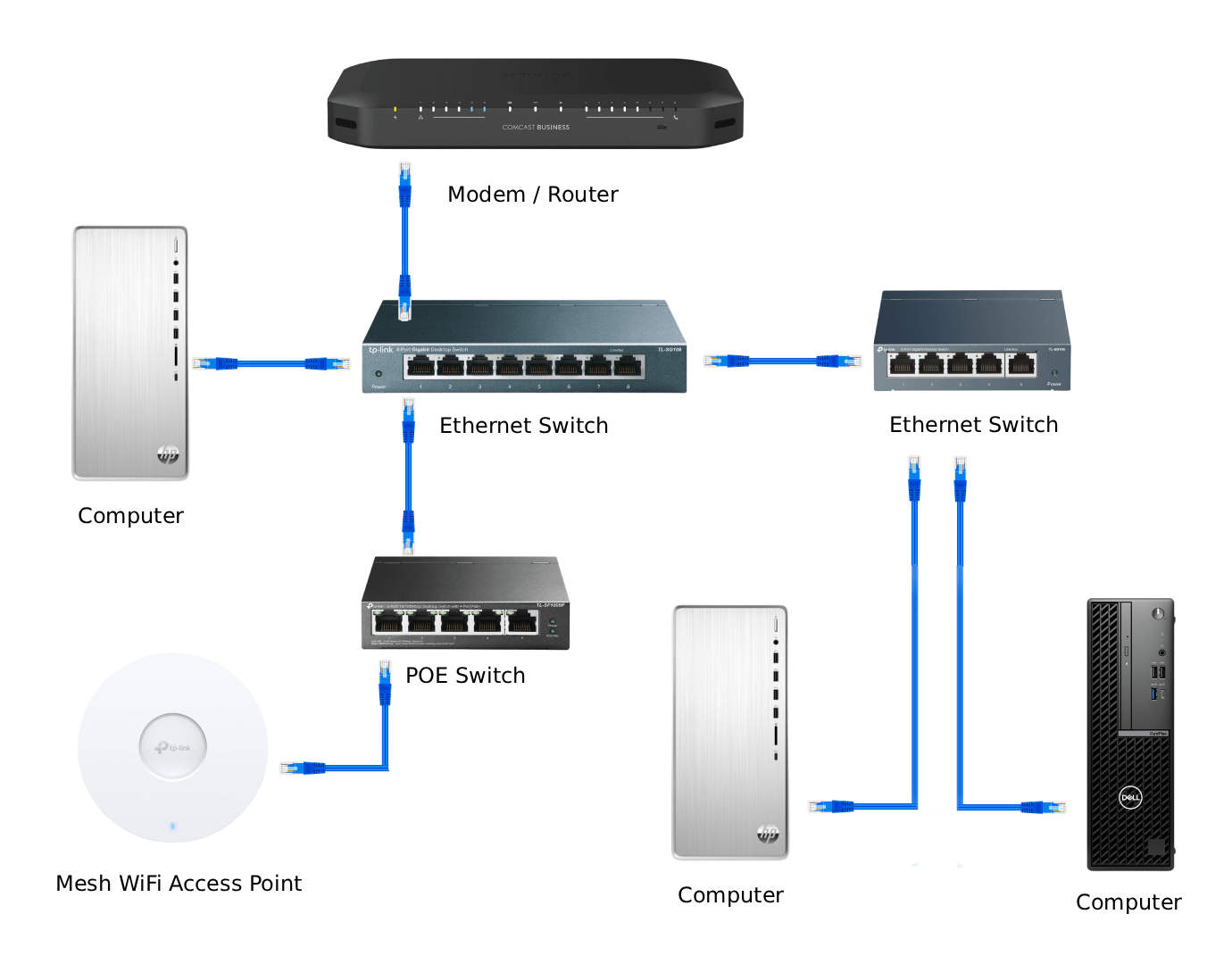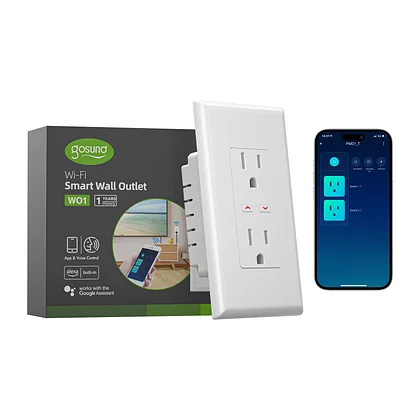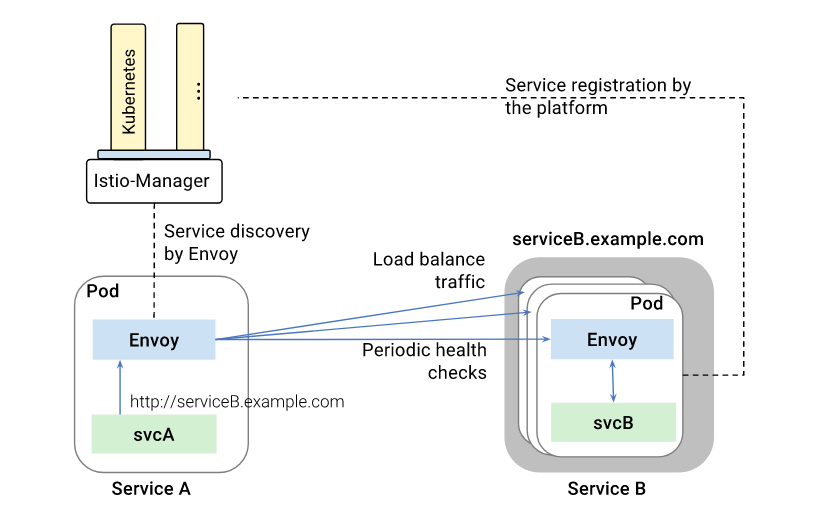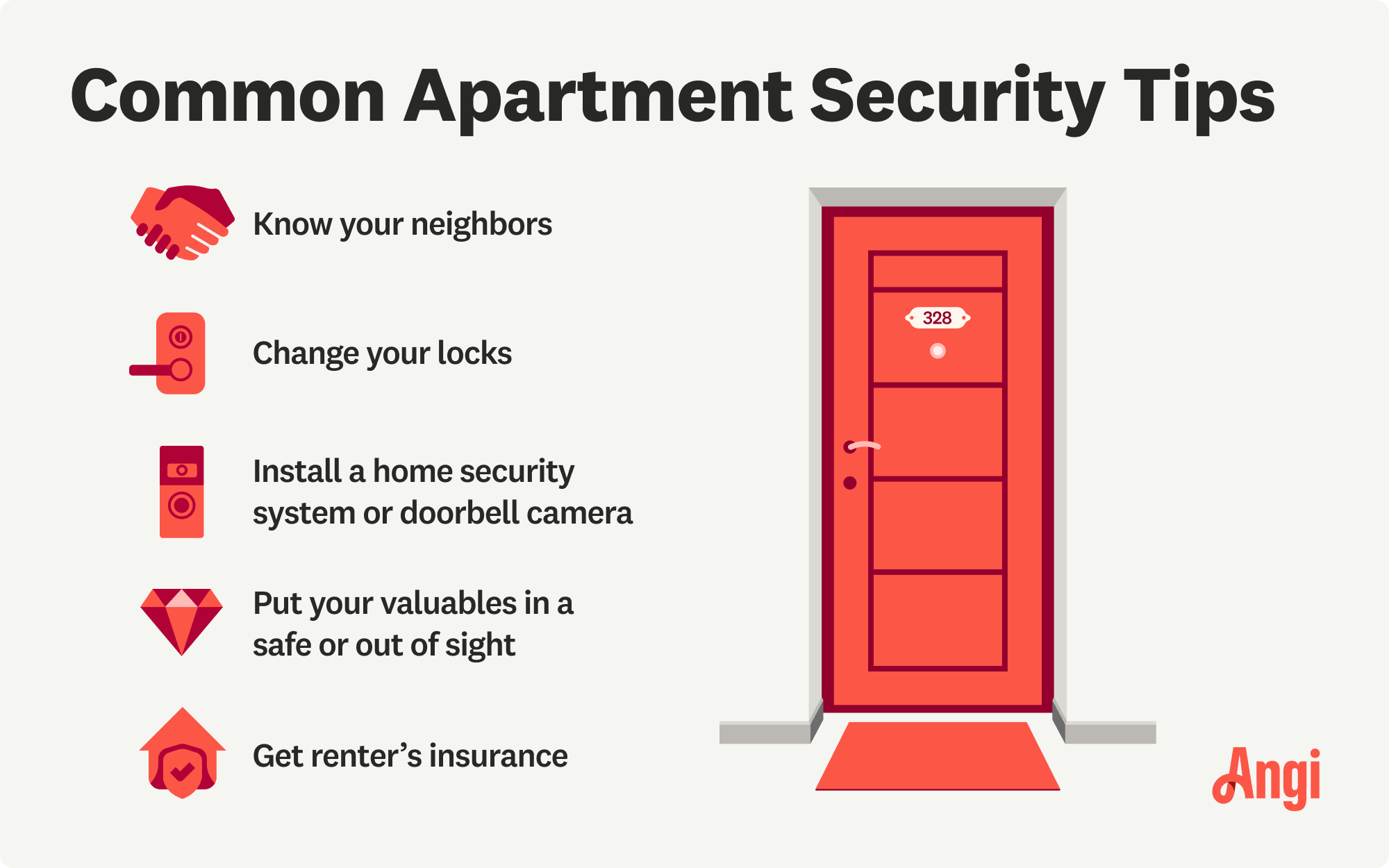Your home network is the gateway to everything digital in your life—photos, work files, personal messages, and even smart devices. But have you ever stopped to think about how safe it really is?
If someone else gained access, what could they do? Securing your home network isn’t just a tech task; it’s about protecting your privacy and peace of mind. You’ll discover simple, effective steps you can take right now to lock down your network and keep unwanted intruders out.
Keep reading—your digital safety depends on it.
Common Home Network Threats
Home networks connect many devices to the internet. These networks face many risks from bad actors. Knowing the common threats helps protect your devices and data.
Threats can come from outside or inside your home. It is important to keep your network safe from hackers and viruses.
Wi-fi Eavesdropping
Wi-Fi eavesdropping happens when someone listens to your wireless signals. They can steal information sent over your network. This includes passwords, messages, and personal data.
Open or weak Wi-Fi networks make it easy for others to spy on your activity. Secure Wi-Fi with strong passwords and encryption to stop eavesdropping.
Malware Infections
Malware is harmful software that can damage your devices. It can enter your network through downloads, emails, or unsafe websites. Malware can steal data or slow down your devices.
It is important to use antivirus software and avoid clicking on suspicious links. Keep your software up to date to stop malware infections.
Unauthorized Access
Unauthorized access means someone enters your network without permission. They can see your files or change settings. This risk increases with weak passwords or outdated routers.
Use strong passwords and change default login details to protect your network. Limit access to trusted users only.
Iot Device Vulnerabilities
Internet of Things (IoT) devices like smart cameras or thermostats can have weak security. Hackers can use these devices to enter your network. Many IoT devices lack strong passwords or updates.
Secure IoT devices by changing default passwords and updating firmware regularly. Separate IoT devices on a different network if possible.

Credit: osintteam.blog
Strengthening Wi-fi Security
Securing your home Wi-Fi is important to protect your data. A strong Wi-Fi setup stops outsiders from accessing your network.
Use simple steps to make your Wi-Fi safer. This helps keep your devices and personal information secure.
Choosing Strong Encryption
Encryption scrambles your data so others cannot read it. Use the strongest encryption your router offers.
WPA3 is the best option for home Wi-Fi security. If your router does not support WPA3, use WPA2.
- WPA3: Latest and most secure
- WPA2: Good security if WPA3 is unavailable
- WEP: Avoid it; it is outdated and weak
Setting A Robust Password
Create a strong password to protect your Wi-Fi. A good password stops others from guessing or breaking in.
Use a mix of letters, numbers, and symbols. Make it at least 12 characters long and avoid common words.
- Use uppercase and lowercase letters
- Add numbers and special characters
- Do not use easy words like “password”
- Change your password regularly
Hiding Your Network Ssid
Your Wi-Fi name is called SSID. Hiding the SSID makes your network invisible to casual users.
Without SSID broadcast, devices need the name to connect. This adds a layer of privacy to your network.
- Go to your router settings
- Find the SSID broadcast option
- Turn off SSID broadcast
- Manually enter SSID on your devices
Enabling Mac Address Filtering
MAC address filtering allows only specific devices to connect. Each device has a unique MAC address.
Add your trusted devices’ MAC addresses to the router. This blocks unknown devices from joining your network.
- Find device MAC addresses in settings
- Enter allowed MAC addresses in your router
- Enable MAC filtering feature
- Update the list when adding new devices
Router Configuration Tips
Securing your home network starts with proper router settings. A few simple changes help keep hackers out.
Learn easy tips to protect your router and your internet connection at home.
Updating Firmware Regularly
Firmware is the software inside your router. It controls how your router works and stays safe.
Manufacturers fix security problems by updating firmware. Install updates as soon as they are available.
- Check your router’s admin page for update options
- Enable automatic updates if your router supports it
- Do not skip updates to avoid security risks
Changing Default Login Credentials
Routers come with default usernames and passwords. These are easy for hackers to guess.
Change your login details to something strong and unique. This stops unauthorized access to your router.
- Use a mix of letters, numbers, and symbols
- Avoid common words or simple sequences
- Write down your new login details in a safe place
Disabling Remote Management
Remote management lets you control your router from outside your home. This can be risky.
Turn off remote management unless you need it. This reduces chances of hackers accessing your router remotely.
- Log in to your router’s settings
- Find the remote management option
- Disable or turn off this feature
Using Guest Networks
Guest networks keep visitors separate from your main home network. This limits access to your devices.
Enable a guest network for friends or guests. It helps protect your personal information and files.
- Create a guest network with a different name
- Set a strong password for the guest network
- Limit guest network access to the internet only

Credit: www.esecurityplanet.com
Securing Connected Devices
Connected devices in your home network need protection. Without security, they can be targets for hackers.
Securing these devices helps keep your personal data and privacy safe.
Installing Security Software
Security software guards your devices from viruses and malware. It scans for threats and blocks harmful activities.
Install trusted antivirus or firewall programs on all your connected devices.
- Choose software with good reviews and updates
- Run regular scans to check for threats
- Enable real-time protection if available
Keeping Devices Updated
Updates fix security holes in device software. They improve safety and performance.
Turn on automatic updates for all your connected devices to stay protected.
- Check for updates regularly
- Apply patches as soon as they arrive
- Update apps and operating systems
Managing Device Permissions
Device permissions control what apps and services can access. Limit access to only what is needed.
Review permissions often to remove any that seem unsafe or unnecessary.
- Check app access to camera and microphone
- Restrict location sharing to trusted apps
- Disable permissions for unknown or unused apps
Removing Unused Devices
Unused devices on your network create security risks. They can be entry points for attackers.
Disconnect or remove devices you no longer use from your home network.
- Identify all connected devices regularly
- Remove or disconnect devices no longer in use
- Change network passwords after removing devices
Enhancing Privacy With Vpns
Securing your home network is very important. A VPN helps protect your privacy online.
A VPN hides your internet activity from outsiders. It makes your data safer on public and home networks.
Choosing The Right Vpn
Pick a VPN that does not keep logs of your activity. Look for strong security features.
Check if the VPN works on many devices. It should have fast speeds and reliable connections.
- Strong encryption for data protection
- No logs policy for privacy
- Good speed and uptime
- Compatibility with your devices
- Easy-to-use app or software
Setting Up Vpn On Routers
Installing a VPN on your router protects all devices in your home. This way, every device uses the VPN connection.
Check if your router supports VPN setup. Use the VPN provider’s instructions to configure it correctly.
- Log in to your router’s admin panel
- Enter VPN details given by the provider
- Save settings and connect to the VPN
- Restart the router if needed
- Verify the VPN is working on all devices
Benefits Of Vpn For Home Networks
A VPN stops hackers from spying on your internet. It keeps your personal data safe and private.
You can access content safely from anywhere. A VPN also helps avoid restrictions on websites and services.
- Protects your data from hackers
- Keeps your online activity private
- Secures all devices on your network
- Allows safe access to restricted content
- Prevents tracking by websites and advertisers
Monitoring And Maintenance
Keeping your home network safe needs regular checks and care. Monitoring helps find problems early.
Maintenance keeps your network running smoothly and protects your devices from threats.
Regular Network Scans
Run network scans often to find weak spots and unwanted devices. Scans show if hackers try to enter.
Use simple tools to scan your network for open ports and vulnerabilities. Fix any issues found quickly.
Checking Connected Devices
Look at all devices connected to your network. Unknown devices may be a security risk.
- Check device names and types
- Remove or block unknown devices
- Change Wi-Fi passwords regularly
Analyzing Network Traffic
Watch your network traffic to spot unusual activity. High data use can mean a problem.
Analyze traffic patterns to detect malware or hacking attempts early. Use monitoring tools for best results.
Educating Household Members
Keeping your home network safe starts with everyone in the house. Teaching simple security habits helps protect all devices.
Each family member should understand how to avoid risks online. This lowers the chance of a security breach.
Safe Browsing Habits
Use secure websites with “https” in the address. Avoid clicking on unknown links or pop-ups.
Clear your browser history and cookies regularly. This helps keep your information private.
- Only visit trusted websites
- Don’t download files from unknown sources
- Keep your browser updated
Recognizing Phishing Attempts
Phishing tries to steal personal information by pretending to be someone you trust. Learn to spot fake emails and messages.
Check the sender’s email carefully. Look for bad spelling and urgent requests to act fast.
- Do not open suspicious emails
- Never share passwords or personal data by email
- Verify the sender before clicking links
Using Strong Passwords
Create passwords that are hard to guess. Use a mix of letters, numbers, and symbols.
Do not use the same password for different accounts. Change passwords regularly to stay safe.
- Use at least 8 characters
- Avoid common words and dates
- Consider a password manager

Credit: mydreamhome.liveblog365.com
Frequently Asked Questions
How Can I Secure My Home Wi-fi Network?
Use a strong, unique password for your Wi-Fi. Enable WPA3 or WPA2 encryption. Regularly update your router’s firmware to fix vulnerabilities.
What Is The Best Router Security Setting?
Set your router to WPA3 or WPA2 encryption. Disable WPS and remote management. Use a strong admin password to prevent unauthorized access.
Why Should I Update My Router Firmware Regularly?
Firmware updates fix security flaws and improve performance. Keeping your router updated protects against new cyber threats and vulnerabilities.
How Do I Prevent Unauthorized Access To My Network?
Use strong passwords and encryption. Disable guest networks when not needed. Regularly monitor connected devices and change passwords periodically.
Conclusion
Protecting your home network is essential. It guards your data and privacy. Start with strong passwords. Always update your devices. Use firewalls for extra security. Regularly scan for viruses and malware. Limit network access to trusted devices. Educate your family about online safety.
Secure connections make a big difference. Your efforts reduce risks and enhance safety. A protected network means peace of mind. Stay vigilant, stay safe. Simple steps lead to a secure home. Implement these tips today for safer browsing. Keep your network shielded from threats.
Your digital world deserves the best protection.
19 min read

